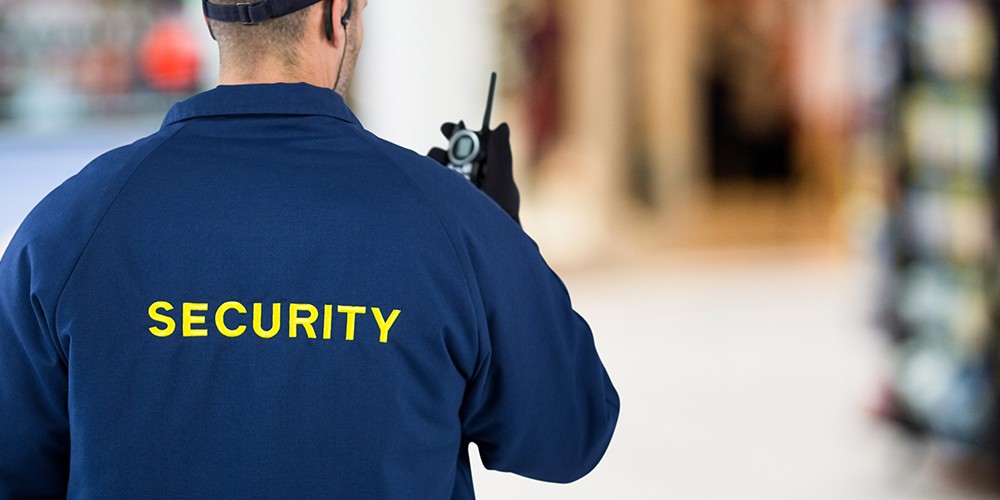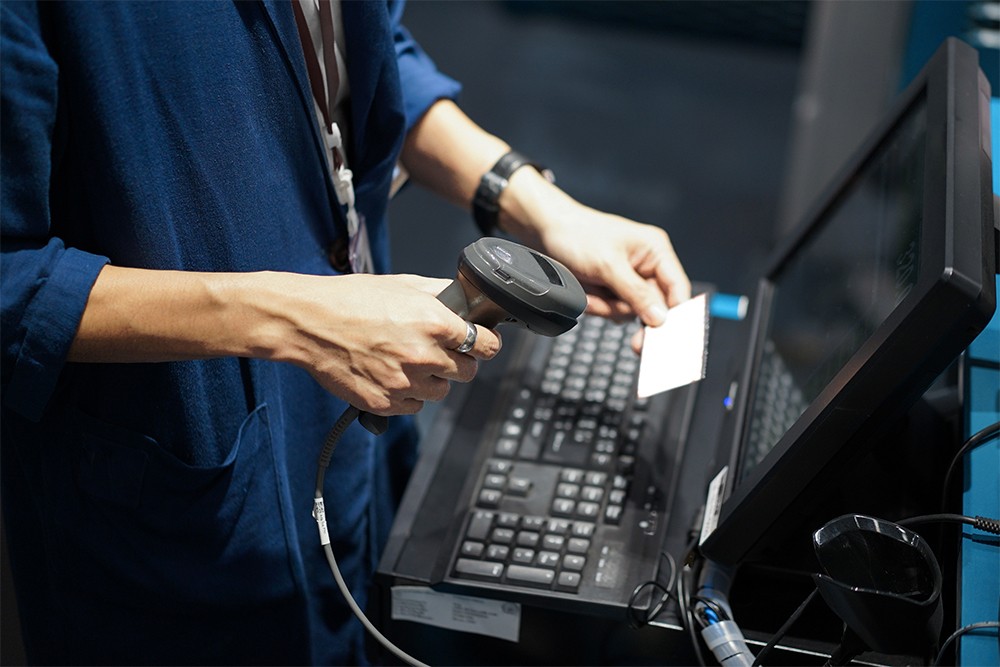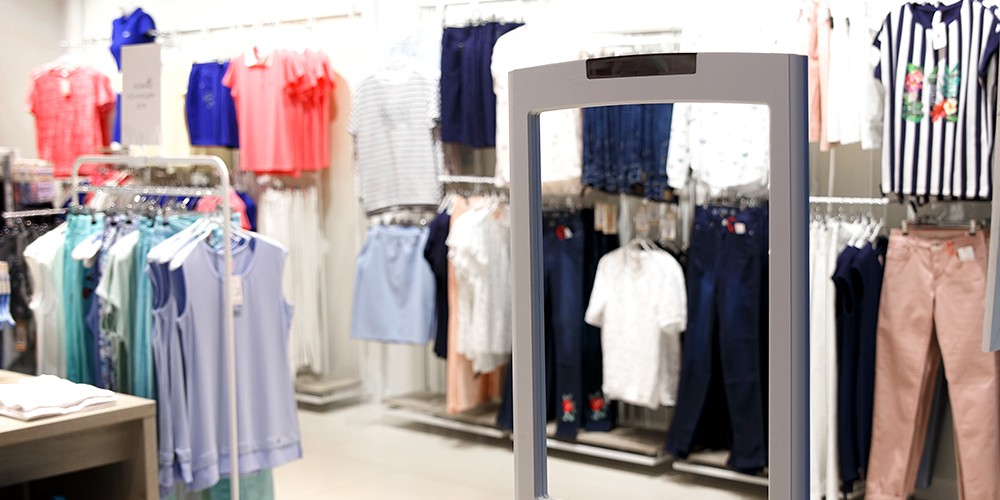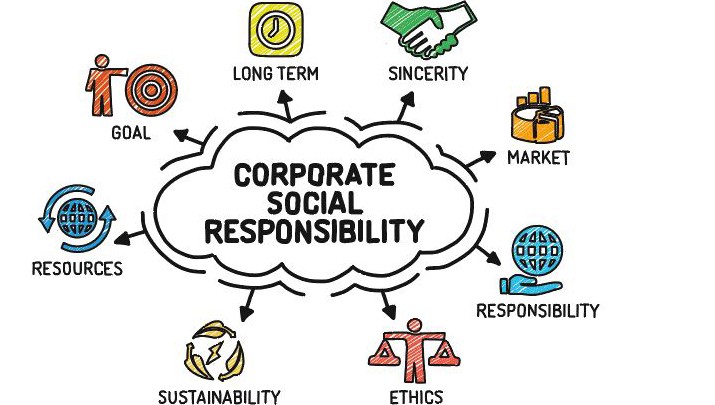There’s little doubt Covid-19 has resulted in rising tension levels and increased stress at every level of society, but few industries have borne the brunt quite so much as retail.
Since the pandemic first began, retail staff have been forced to cope with panic buying, increased hygiene concerns, a rise in shoplifting and theft, and recent heightened racial tensions.
So how can retailers handle aggressive customers and what strategies should they put in place?
Society on edge
In many ways 2020 has served up the perfect storm for the retail sector. As Covid-19 became a daily headline, products were in high demand. Panic buying became the norm as people became increasingly stressed about their health, general hygiene, their finances, and their lifestyle.
Overnight the retail sector was turned on its head, being asked to implement social distancing restrictions and rules on mask wearing at the same time as serving customers who were desperate to secure the products they needed.
As Business Insider noted earlier this year, it saw cashiers effectively become police, overseeing customers who were becoming frustrated and turning their wrath towards staff.
“In 30 plus years of studying retail and crisis situations, we have never seen a situation of customers being so rude to hourly employees,” Larry Barton, a professor of crisis management and public safety at the University of Central Florida, told the publication.
So how can retail manage the issue of aggressive customers at a time when stress levels continue to remain high?
Clear communication

Whether it’s policy on mask wearing or rules on acceptable customer behaviour, nipping aggression in the bud starts with clear communication from the retailer.
What do you expect from your customer in-store? And what happens if they fail to adhere to these guidelines?
Often this clear communication starts with simple strategies like signage that indicate the store policy on mask wearing, social distancing guidelines, and also points out that rude behaviour will not be tolerated.
It can also extend to further initiatives. For example, in Australia, a new campaign has rolled out where grocery staff wear badges reminding patrons that staff members are also mothers, daughters, fathers and sons.
Entitled the ‘No-one deserves a serve’ campaign, it’s specifically designed to remind customers there’s a real person with real feelings currently serving them.
Effective training
Diffusing tense situations is an art and often one retail staff are unprepared for. In 2013, a research report by the University of British Columbia noted employees who expect to encounter rude customers at work react far less strongly than employees who normally enjoy good customer relations, but who face unexpected rudeness.
That makes training paramount, with staff given education on techniques like:
- Staying calm
- Not taking the situation personally
- Active listening
- Conflict resolution
- Problem solving
- Assertion
Increased security

In high-stress times like the present there is also a role for increased security in-store, and this can take on a variety of forms.
For example, security guards can assist with ensuring customers meet their obligations in terms of behaviour and policy, while CCTV can act as a deterrent to problematic behaviour.
Critically retailers should also be implementing available technology to address activities like shoplifting, which often goes hand in hand with aggressive behaviour.
In fact, many loss prevention strategies overlap with the techniques used to mitigate aggression.
These include:
- Staff education
- Good store layout
- Stellar customer service
- Clear policy and signage
- Product protection (such as EAS security tags and labels)
- Storewide security like CCTV and loss prevention personnel
You can learn more about strategies to improve the security of your store here








